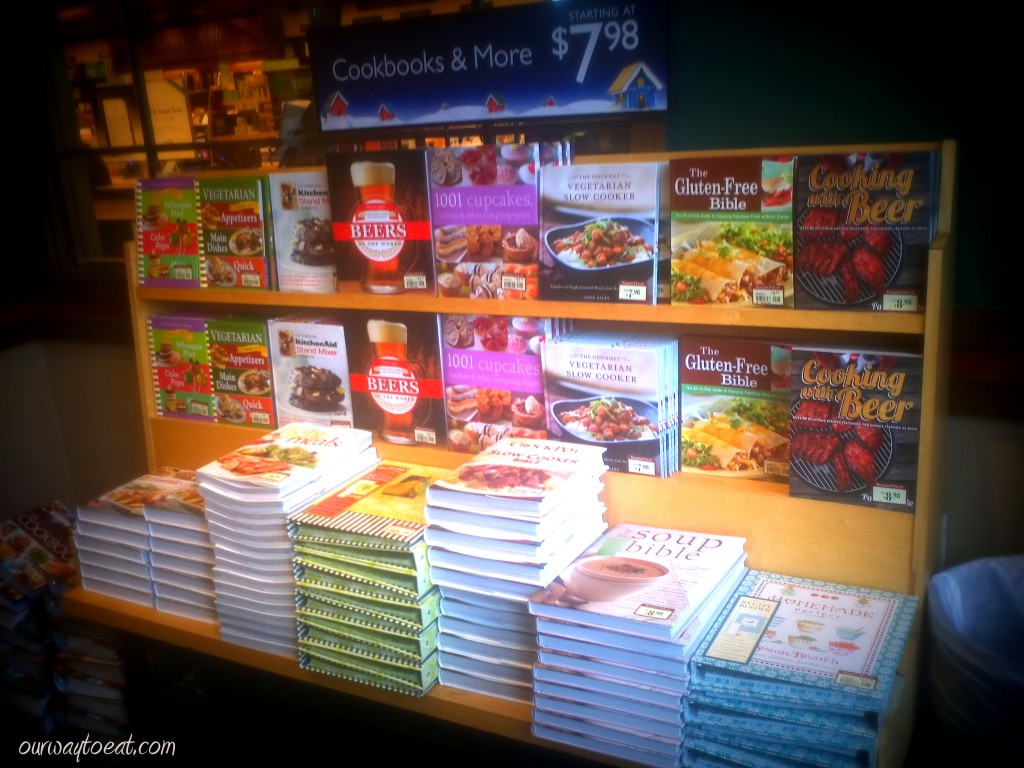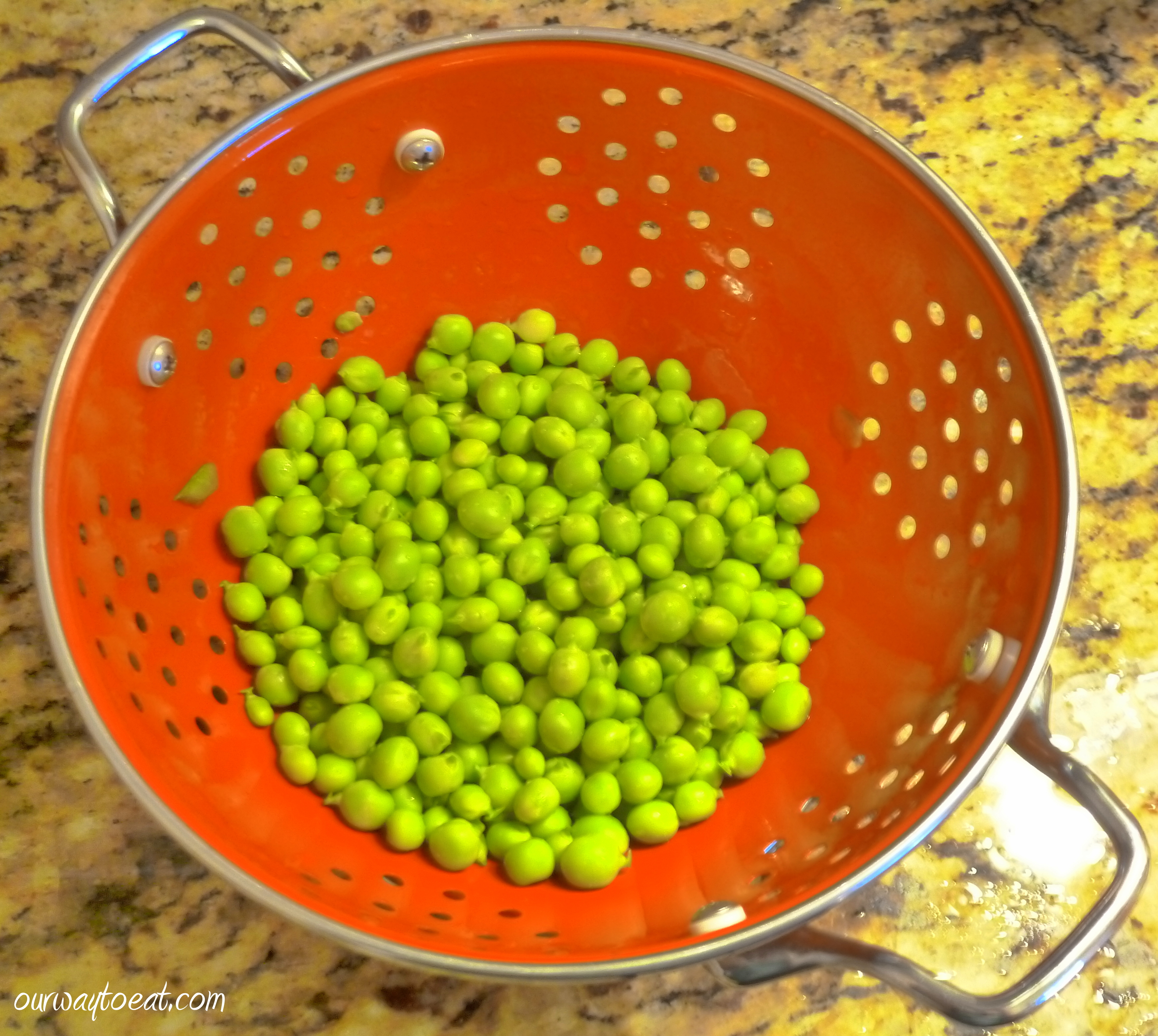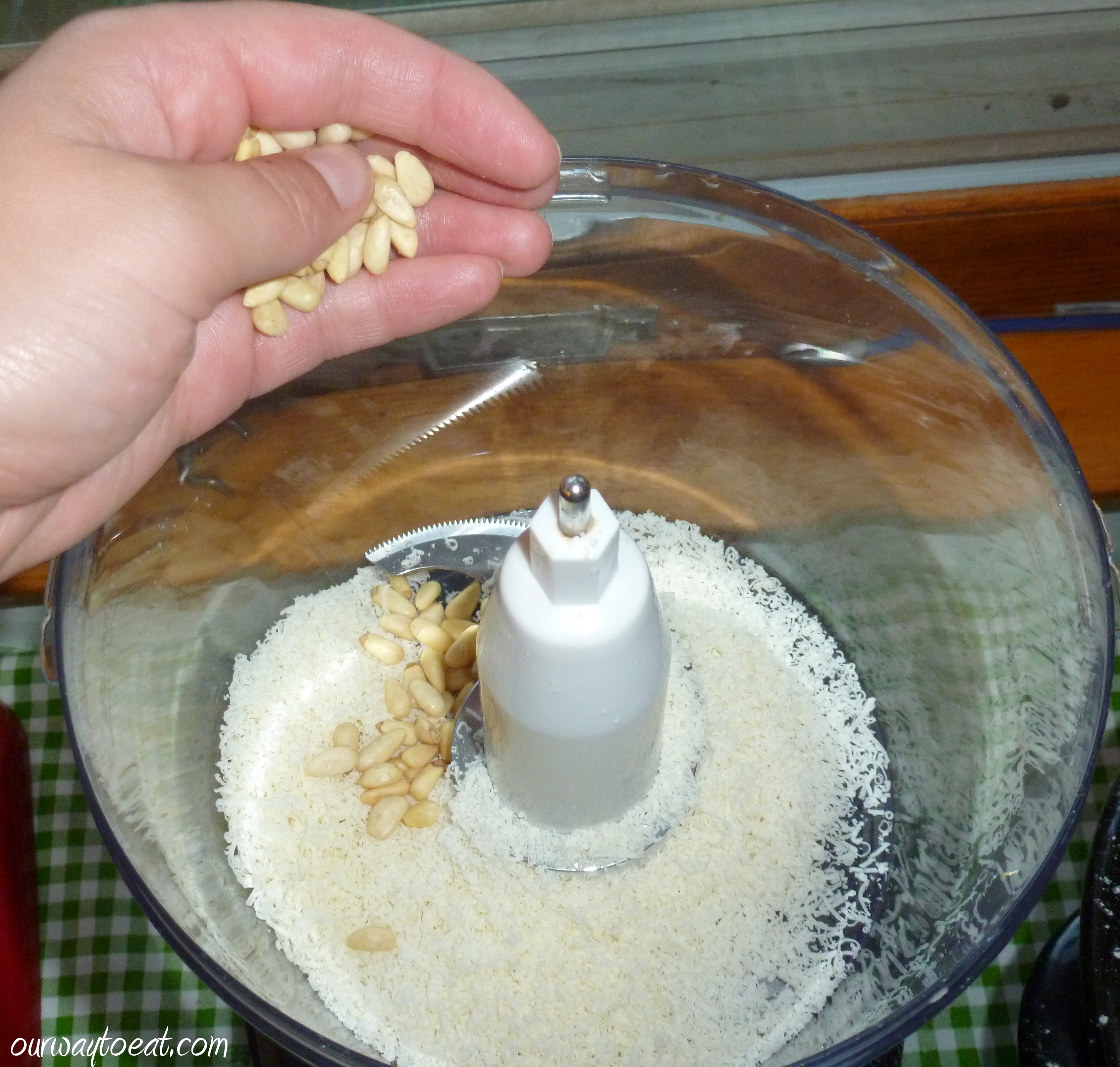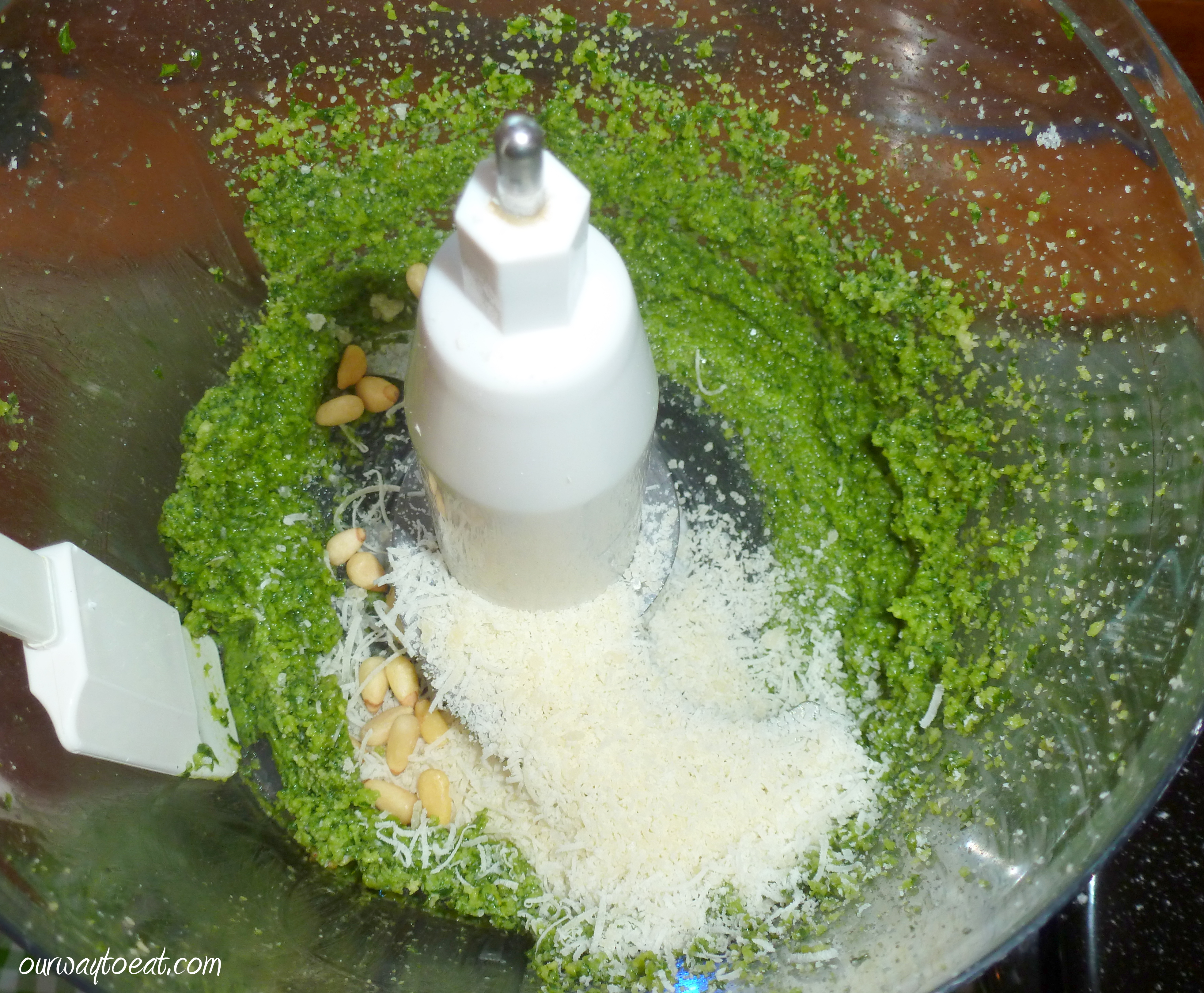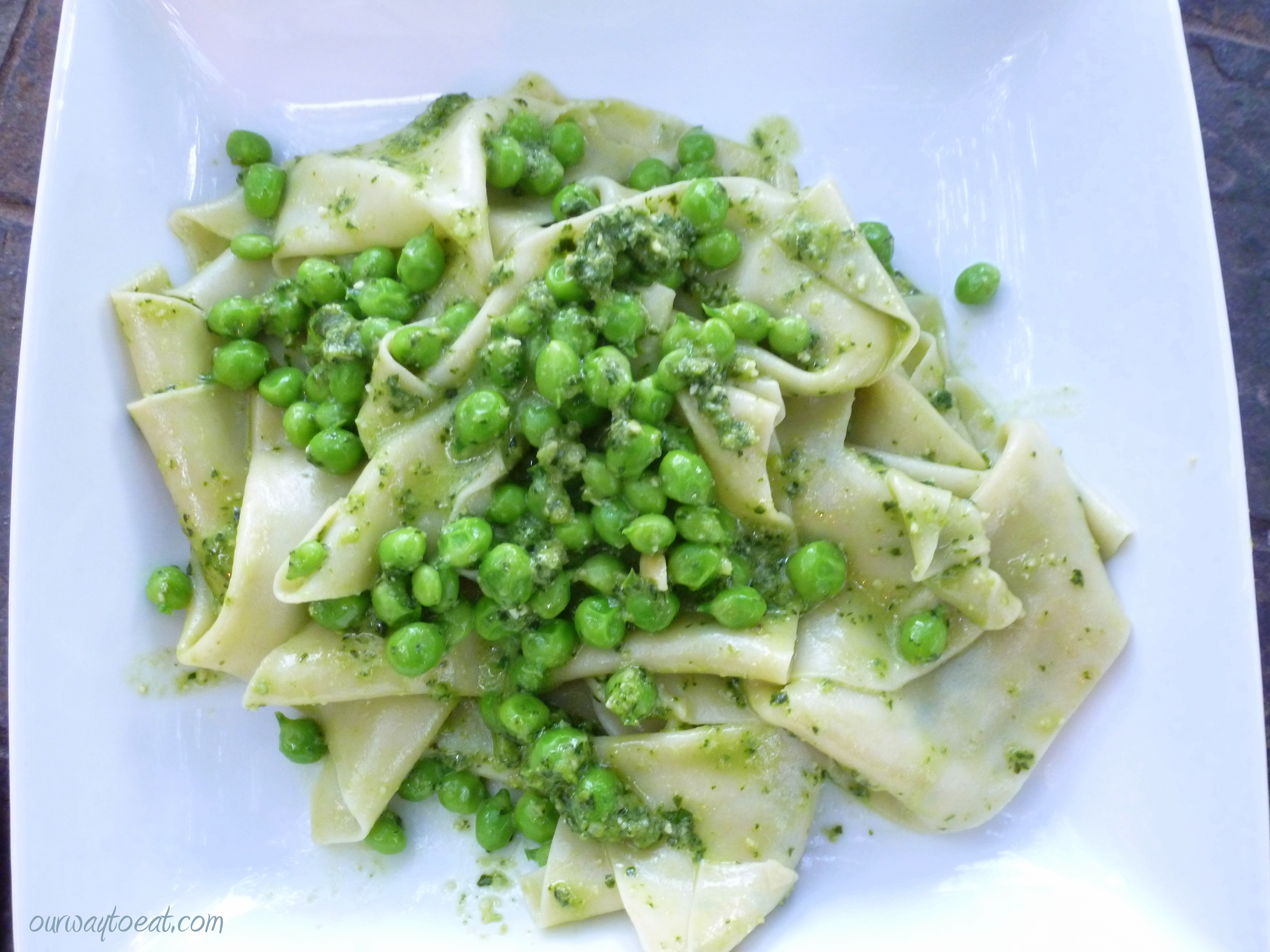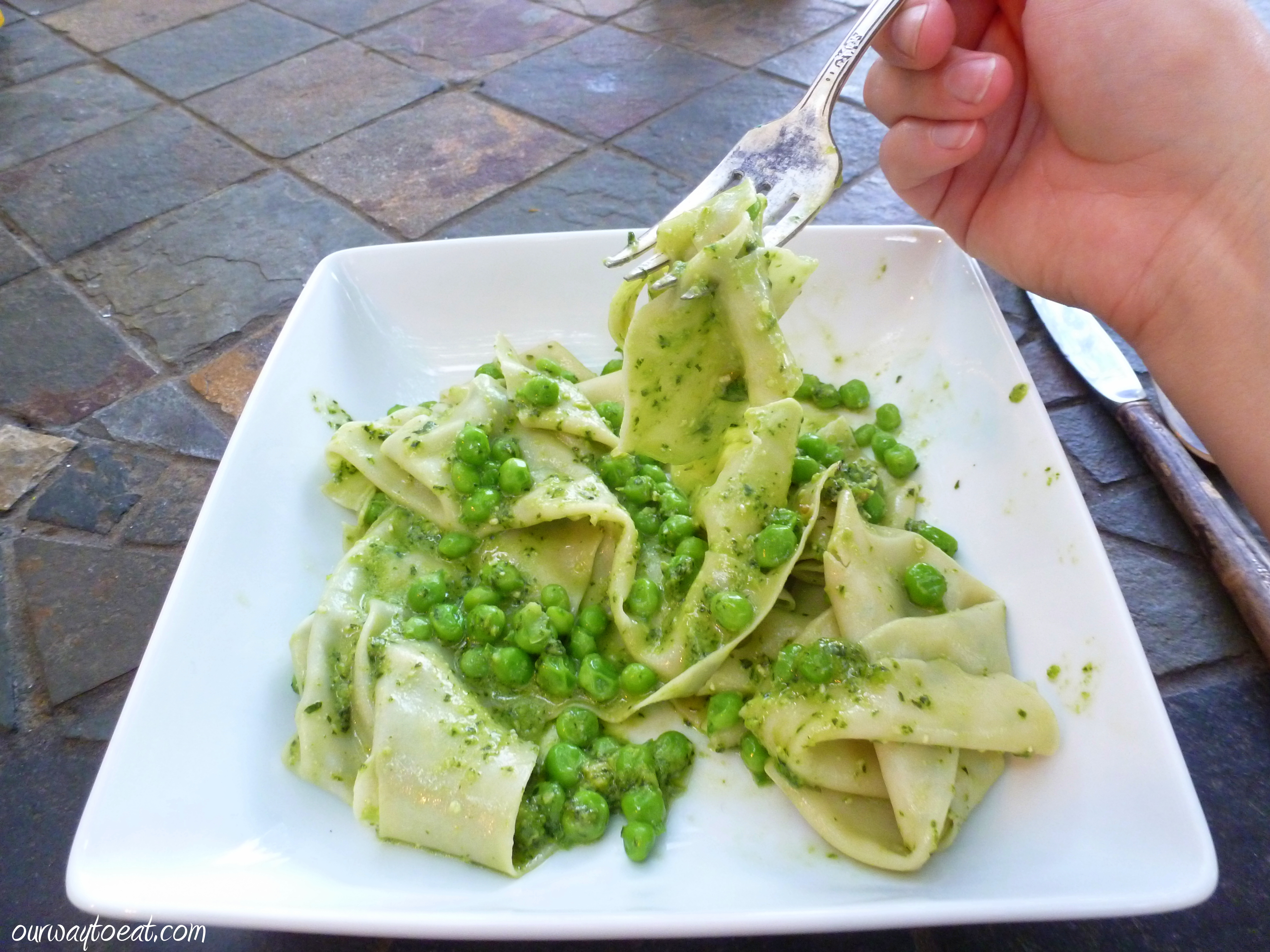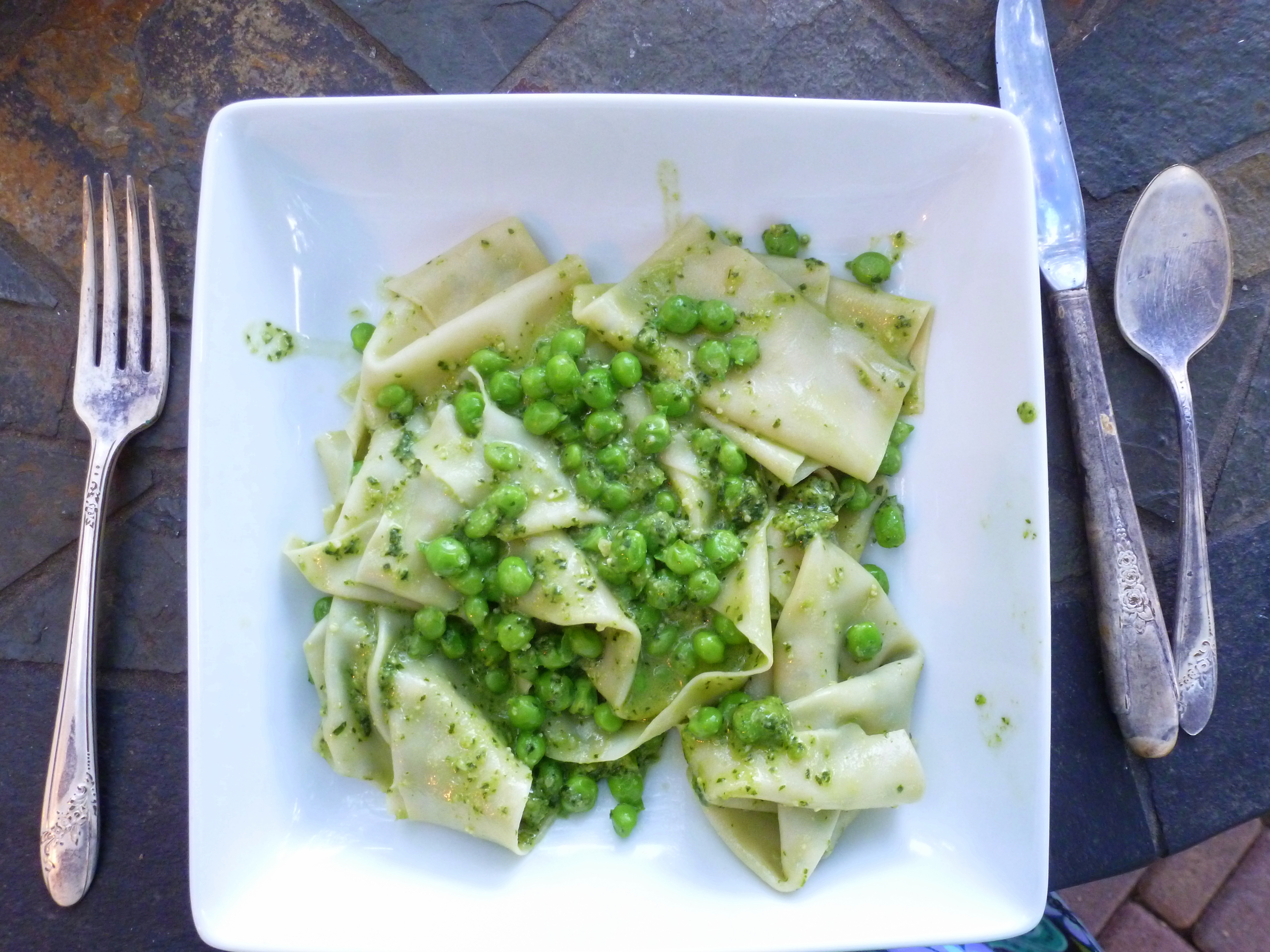It will come as no surprise that I am a sucker for a beautiful, photograph-filled cookbook. Cookbooks line more that one shelf in the living room as well as bookshelves upstairs. I have old ones, such as my Grandma’s 1956 edition Betty Crocker Cookbook. There are a few spiral-bound volumes of recipes assembled by church ladies and sold for a fundraiser and a nice assortment of 1960’s and 1970’s Better Homes and Gardens and Woman’s Day editions Baby Showers, Salads and Dinners for Two collected from garage sales. I also have three times as many recent volumes written by chefs and culinary notables that I purchased used. 
General reference cookbooks like the Betty Crocker Cookbook provide a wealth of knowledge of the basics and a broad range of skills. I wouldn’t make our family’s favorite Thanksgiving dressing or bake a blueberry muffin looking at any other cookbook. I have also learned so much from recent Martha Stewart, Ina Garten and Lidia Bastianich cookbooks. These three culinary celebrities are well-marketed, but their cookbooks have earned their place on my bookshelf because they produce reliable results and share usable wisdom and expertise. 
If you are Christmas shopping for a cook of any kind, I am sure that the beautiful, clearly written, photograph-filled cookbook from the “Big Three”–Martha, Ina and Lidia will not disappoint. 
I am not much of a shopper, but of all places to browse for Christmas present ideas, bookstores are my favorite. I wandered into Barnes and Noble and took a peek at new cookbooks by Rachael Ray, who is primarily known for cooking on television, and Deb Perelman, who authors the blog Smitten Kitchen, and has just released a cookbook under the same name. 
Above is a peek inside at My Year in Meals by Rachael Ray. This book is exactly as it sounds–a tour through Rachael Ray’s meals in the last year, recipes and snapshots of meals she prepares at home and eats around the world. I like the concept. This is the basis of the majority of my blog posts–what we eat, recipes, a glimpse of our lives, my thoughts and memories. My observations about this book relate to the way the cookbook is styled. First, the photos look like instagram snapshots. The color scheme bears resemblance to my Mom’s 1969 edition of the Betty Crocker cookbook–lots of red, orange and yellow and lots of retro cookware. When you have your own cookware line, there darn well better be some product placement in your latest cookbook. Second, there are hand-drawn lines and arrows here and there which give you the feeling that Rachael or her marketing team wanted the book to invoke a blog assembled on an Ipad. So, with instagrammed pics and Ipad-esque scribbles Rachael Ray’s My Year in Meals is in essence, a cookbook styled to have the look and feel of a blog. If you like Rachael Ray’s style and want a voyeuristic tour of the food she eats, you will probably like this cookbook. 
The Smitten Kitchen Cookbook is the opposite concept–it is a blog turned cookbook. Above is the Mushroom Bourguignon that I will definitely be cooking out of Deb Perelman’s inaugural printed tome. Boeuf Bourguignon was so romanticized in the movie Julie and Julia that I’ve made it; and ever since wanted a legit vegetarian version so that I could get in on the fun. Thank you Deb for delivering the probable answer to my vegetarian-foodie prayers. 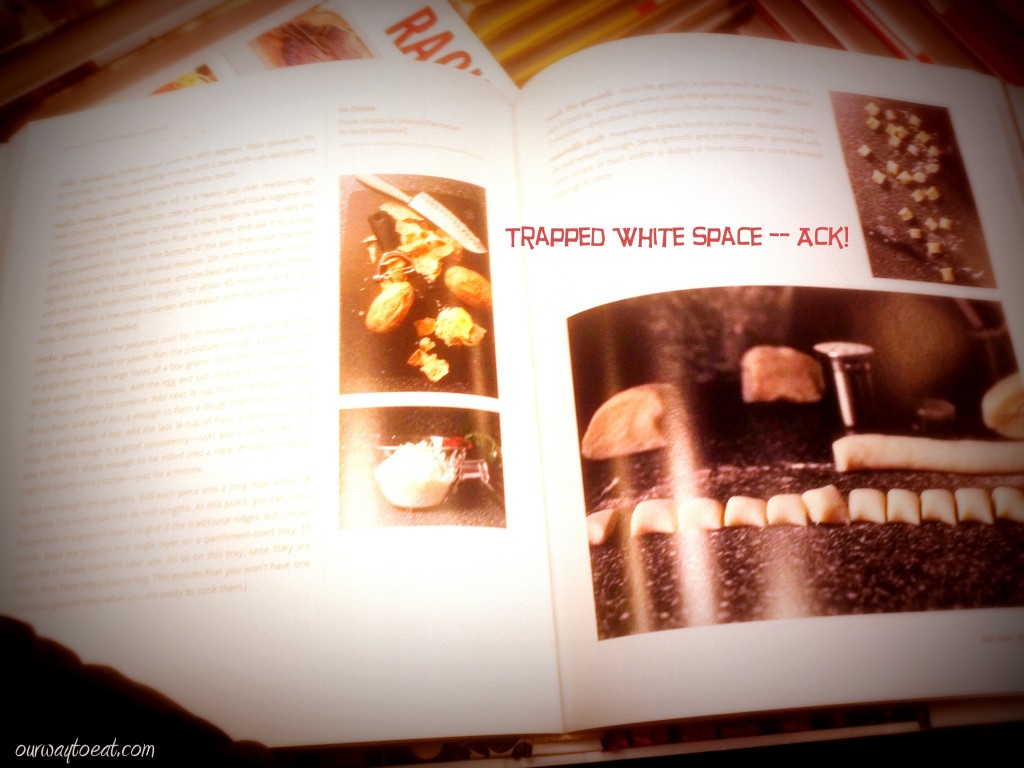
On first glance, I found the double-page spread containing photos and instructions for plump gnocchi with trapped white space right in the middle of the page. I know she worked obsessively on this book, because I follow her blog. I don’t blame her–the question I raise is, after working very hard on testing and photographing your recipes and writing sweetly, humorously and wittily about them, while also producing a high-caliber food blog and raising a child, can’t you count on your editor at Knopf to alert you to these minor, fixable glitches? I guess not? Perelman’s photos are beautiful, her recipes are adventurous but usable and she conveys her warmth and wit. Trapped white space aside, this much-anticipated cookbook looked like one I’d want to own.
The bookshelves are bursting, but there seems always to be room for another cookbook on the shelf.
 I paused at the “Wine and Spirits” aisle to notice without surprise that beer brewing has becoming a prominent subject on the bookshelves of Barnes and Noble. Have I mentioned that as of November 25th, we have a friend’s old fridge, re-engineered into a keg-o-rater in our basement that we just love? I took some notes and think I will be shopping at the used bookstore in our neighbourhood for books on this subject for my sweetheart this Christmas.
I paused at the “Wine and Spirits” aisle to notice without surprise that beer brewing has becoming a prominent subject on the bookshelves of Barnes and Noble. Have I mentioned that as of November 25th, we have a friend’s old fridge, re-engineered into a keg-o-rater in our basement that we just love? I took some notes and think I will be shopping at the used bookstore in our neighbourhood for books on this subject for my sweetheart this Christmas.
As I exited Barnes and Noble, a nice array of bargain cookbooks bade me farewell. At $7.98, the price can’t be beat, but I managed not to buy any, since I was there to shop for ideas.

